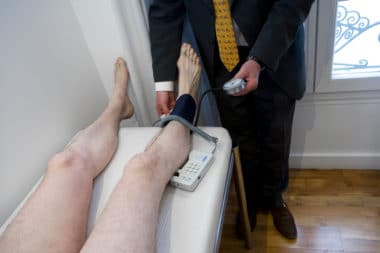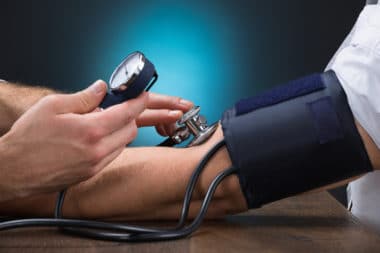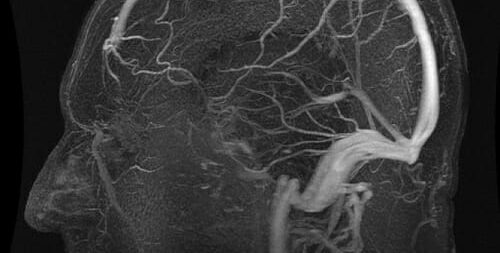What is a mini stroke? A mini stroke is actually a transient ischemic attack (TIA), which is a temporary interruption of blood flow to a part of the brain. A mini stroke is basically the same thing as a normal stroke except that a mini stroke does not destroy brain cells and cause permanent damage to the brain. However, every mini stroke increases the chances of an actual stroke occurring that will destroy brain cells and cause permanent damage.
Symptoms
Persons experiencing a mini stroke will show stroke-like symptoms for eight to twelve hours and this is indicative that a person may experience a true stroke in the near future and so should seek medical treatment. Stroke symptoms include;
- Vertigo or dizziness, abnormal feeling of movement
- Tired, less alert, unresponsive or unconscious
- Change in feelings of touch, taste, temperature, pain
- Confusion and/or loss of memory
- Difficulty swallowing
- Difficulty reading or writing
- Inability to recognize familiar objects or persons
- Loss of bladder/bowel control
- Weakness of muscles on the affected side
- Tingling and numbness on the affected side
- Personality, emotion and/or mood changes
- Impairment of vision
- Impairment of speech
If any of these symptoms are displayed, the person should be taken to an emergency room for treatment or call an ambulance. A mini stroke is an indicator that you will have a stroke. Ten percent of persons having a mini stroke have a stroke within three months, and over half of these occur within 48 hours.
Diagnosis
Most likely by the time you reach medical treatment, the signs and symptoms will have passed. Diagnosis is usually based on history. Persons with high blood pressure, diabetes, high cholesterol, smokers, or persons with a family history of stroke are more likely to experience a stroke. The attending physician will take all of these factors into account along with what they observe. They will check heart rate and rhythm as well as respiration, and listen for abnormal sounds in the circulatory system of the neck and head. Blood moving through narrowed vessels will sound different than blood moving through a normal, healthy vessel. The physician will also perform a neurological examination which includes looking for weakness or numbness as well as vision, speech, and comprehension functions.
Other tests to diagnose whether someone has had a TIA are an EKG to check for irregular heart rhythm and a CT scan to check for bleeding in the brain. A carotid ultrasound may be performed to check for narrowing of vessels, also a CBC (complete blood count) may be performed to check for anemia and to make sure that persons taking blood thinners medications are working properly.
Treatment
Treatment may include blood thinners such as aspirin, to reduce blood clotting. Other medications that may be prescribed include dipyridamole, clopidogrel, Aggrenox or heparin, Coumadin, or similar medications. Treatment may continue over extended periods of time. In more severe cases people may have clogged neck arteries and may need surgery (carotid endarterectomy).
Prevention
Hereditary factors are beyond our control, but you may lowery our risks of TAI and stroke by eliminating risk factors such as smoking or high cholesterol, as well as properly controlling diabetes and high blood pressure. Often it is difficult for persons to maintain control of these things but it is well worth the effort as strokes can have long term serious consequences.







Reply